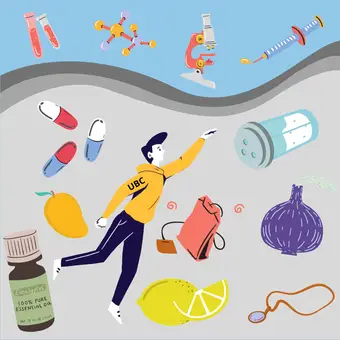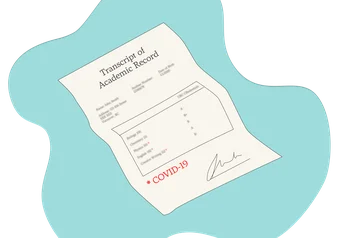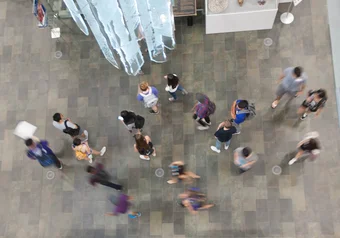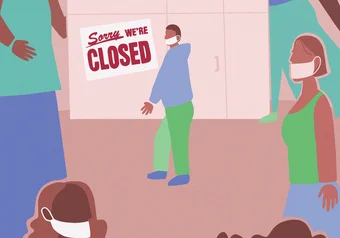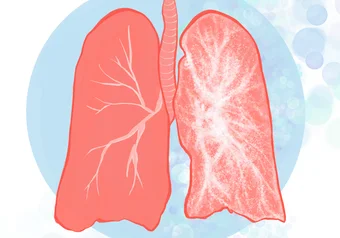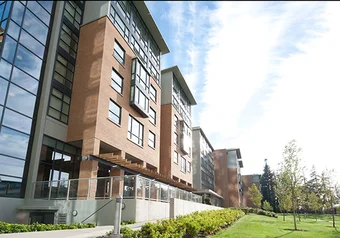In recent months, the world has seen a surge in both COVID-19 cases and information pertaining to the virus. With several media outlets quick to jump on the bandwagon and cover not just the outbreak’s trajectory, but its causes and consequences as well, Canadians have been caught in an onslaught of conflicting information. The CAN Youth Network’s Science Communication (SciComm) Division was launched in April to help keep youth connected and find information from reputable sources during COVID-19.
The CAN Youth Network is an online platform with the goal of engaging and facilitating collaboration between Canadian youth. The SciComm Division aims to cover multiple aspects of the outbreak, such as healthcare services, medical insurance and mental health. Comprised of science students from universities all over Canada, the members share an equal passion for empowering youth and building healthy scientific communication practices.
“Everyone on the team noticed that there was a lack of scientific information that was reliable and accessible easily to Canadian youth without a background in science,” said Sila Rogan, a genetics and physiology student at UBC and the co-chair of the division.
Sebastian Steven, a recent health sciences graduate from Carleton University and co-chair of the SciComm Division, echoes Rogan’s sentiment. “There is a wide variety of health illiteracy, which is quite fair because not everybody gets the same opportunities to build it,” he said.
Keeping these challenges in mind, the team put out their first project, COVID-19 Mythbusters. The resource addresses misconceptions about government policy and hygiene practices using science.
The team scans through Instagram, Twitter and other news outlets weekly to garner a better understanding of the recurrent misinformation being broadcast about the coronavirus or about any terminology that might seem unclear. The members’ collective expertise was used in conjunction with polling information from peer-reviewed sources, the World Health Organization and other public health agencies to consolidate facts relevant to personal and societal health.
It was crucial to the team that they refrain from simply being a directory of sources for the audience to sift through without proper comprehension. This experience highlighted to the division’s team members the importance of accessible and engaging language when communicating scientific information.
The division hopes to continue using their online presence to highlight scientific progress in Canada regarding COVID-19. With their upcoming projects, they hope to bring forward efforts by Canadian scientists in developing a vaccine and engaging in other COVID-related research.
“We are also hoping to highlight some young Canadian scientists through this because we are, at root, a youth platform,” said University of Ottawa physiology student and SciComm Division member Julia Miles.
Beyond the pandemic, the team members are hopeful to resume their work with scientific literacy by adapting their current approach to different themes that might hold sustained relevance, such as the climate crisis. Current projects include a video series that allows viewers to know more about how graphs should be interpreted and what the publication process for scientific papers is like, to equip the general public with skills to verify information themselves.
“The ultimate goal is to help young people develop their scientific literacy skills so that they are able to do some of the work that we are currently doing in going through media and finding the right sources,” said Marisha Boyd, a behavioural neuroscience undergraduate at UBC and the division’s VP external.
In the three weeks since they were first formed, their projects have received some positive responses from colleagues and their peers. The hope is to expand their target audience further using Instagram and Twitter, which are currently most frequented by the youth their resources are targeting. The members remain optimistic about achieving this through their provision of bite-sized facts on accessible platforms.
“I’m really happy that I can use my science skillset to reach more people and have a positive impact during this not-so-positive time,” said Miles.
For the SciComm Division members, this project is a great way to utilize the skills they’ve developed in class and in the lab to assist their communities in developing the hard skills valuable in not only post-secondary education but even as people get older and continue consuming information.
“Sometimes it’s very easy to get down about what’s happening right now and forget that there are really good people out there doing good work,” Rogan said. “Seeing the passion everyone on the team has for this work has personally been a mood booster for me.”
“It’s been great to have a new social circle and build skills while making an impact,” added Steven.
First online
Share this article


